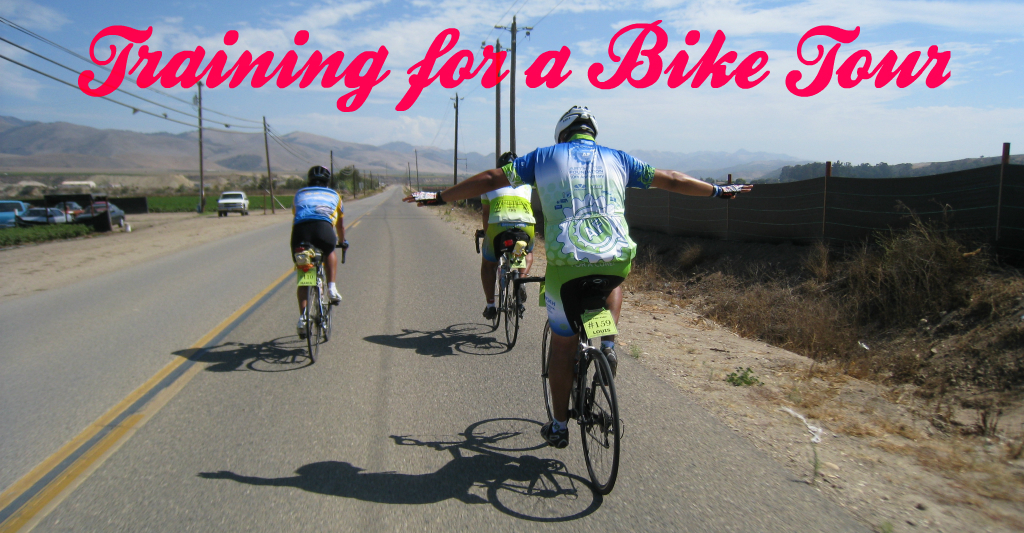
26 Feb Training for a Bike Tour
Bicycle touring is like an intricate domino course where the first brick laid down will trigger a huge chain of positive reactions. Those who have experienced it first hand will know what I am talking about. You start your trip with a lot of hope and excitement. You welcome all the experiences whether it is good or not. You are doped up with endorphins from the exercise which continues to fuel your journey forward. You pile on miles after miles for days on end. You arrive at your destinations, resting for a night or two before continuing forward. You get healthier and stronger. It gets easier and easier, but before you can even think that far ahead, you’ll need to think about that first domino brick: your first pedal stroke.
Well before that moment, you should already have some miles logged well ahead of time. I have heard of folks who have been able to hop on a bike and go through the on-the-road training, where they are forced to pedal the miles because there is no alternative. These are usually folks who are relatively fit and that spin up time is proportionately shorter with their young age. For those of you who have little to no physical activity on a daily basis, you’ll need to start somewhere. That somewhere is your doctor’s office. Always consult your doctor before you even think about an exercise regiment. Once you’re cleared, come on back to this post and find out how to train for a bike tour.
Training Goals
Now that I’ve gotten that formality out-of-the-way, let’s talk about some goals of training for a bike tour. First, there are many books and blogs out there dedicated to cycle training, but most of them are geared towards a racing event in mind. A bike tour is not a race. The goal is not to get somewhere as fast as you can and win. There is no prize at the end of the ride. The mantra of bike touring can easily be summarized by this old cliché, “It is not about the destination, it is about the journey.” Of course, this doesn’t mean that if you are already training for a race, it wouldn’t help. It will certainly put you at a better place than those who haven’t been active for a long time.
The primary goal of training is to be able to build up your riding stamina efficiently in order to give you the most comfortable experience on the road. The goal is to stop thinking about the ride and concentrate on the experience outside of the bike whether you’re enjoying the ocean air breeze or that delicious meal in camp. When you are able to go day in and out without worrying about the terrain or the mileage, you are certainly at the pinnacle of your bike touring enjoyment.
The Plan
Let’s just jump right into the training plan. This was something I had borrowed from the book, “The Essential Touring Cyclist: A Complete Guide for the Bicycle Traveler” by Richard Lovett. The Australian coach, Kevin Tabotta, contributed the following training schedule for bike touring.
|
Mon |
Tue | Wed | Thu | Fri | Sat |
Sun |
|
| Week 1 |
6mi |
– | 6mi | – | 6mi | – |
6mi |
| Week 2 |
– |
9mi | – | 9mi | – | 12mi |
– |
| Week 3 |
12mi |
– | 12mi | 15mi | – | 15mi |
15mi |
| Week 4 |
– |
19mi | – | 22mi | 19mi | 19mi |
– |
| Week 5 |
19mi |
– | 25mi | – | 22mi | – |
25mi |
| Week 6 |
19mi |
– | 25mi | – | – | 37mi |
25mi |
| Week 7 |
19mi |
– | 25mi | – | 19mi | 43mi |
19mi |
| Week 8 |
– |
37mi | 19mi | – | 25mi | – |
56mi |
On days that are not bolded, he recommends that the rider goes at a steady pace. Meaning, you can still maintain a conversation without losing your breath on flat and rolling terrains. On the bolded days, you should ride at a solid pace; you should only be able to converse in short sentences. The terrain should primarily be hilly with longer hills.
Beginners should start from Week 1 and work their way to Week 4. At the least, this should get you ready for a short to moderate trip where you may be riding for 2 to 3 days at a time. If you are already riding regularly, Kevin recommends that you start at Week 3 and progress forward. For even more advanced riders, start at Week 5 and move towards Week 8. This will get you ready for a longer tour.
Weight Training
Be sure to incorporate luggage weight with your training. Haul all the bags as if you are going on a long tour; Usually about 35 to 45 lbs of stuff. I leave that up to you to decide if you want to do a real reenactment and haul all your gear, but it doesn’t hurt. Make sure your load is distributed appropriately with 60% of the weight in the front and 40% in the rear if you are carrying 4 panniers. Of course, this should be done at Week 8 and beyond, once you establish a good training base.
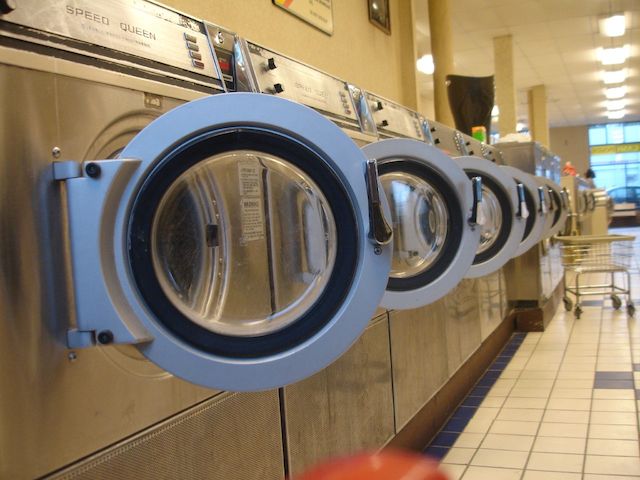
Photo Credit: Darwin Bell via Compfight cc
Days Off
The schedule gives you a good balance of back-to-back riding days as well as days off. A day off can mean that you don’t ride at all or you do a recovery ride at a very slow pace. That is up to you to determine, but keep in mind that on an actual bike tour, you will have days off, so do what you think you would do on a day off whether it is to stay off the bike or ride around town to explore or do chores like laundry.
Nutrition
Be sure you are eating balanced meals as you are going through your training. Eat enough to avoid hitting the wall or bonking. Know that as you continue to ride everyday, your body will burn more calories than you begin with, so your appetite will expand. This is a good thing as you will enjoy the fact that you won’t get fat regardless of how much you consume. I’m sure you’ve heard about the stories of people having 2 breakfasts on the road to maintain the calories burned up on their daily rides. Soon enough you will be able to do this with ease. Before you can even dream about it, make sure you are getting enough nutrition during your training.
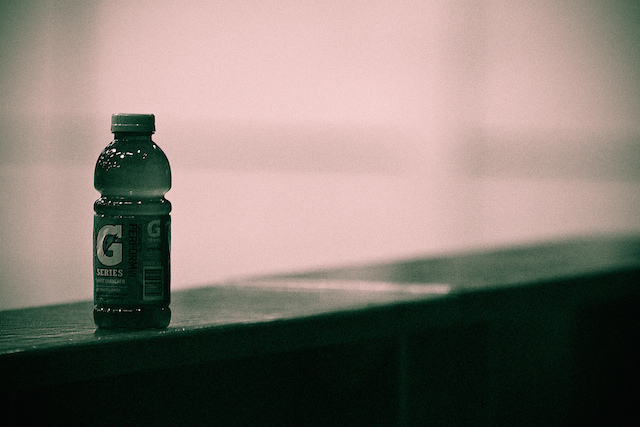
Photo Credit: jDevaun.Photography via Compfight cc
Hydrate, Hydrate, Hydrate
Did I mention that you need to hydrate? The amount of sweat you deplete on a daily basis will require you to replenish with plenty of water. That’s 4 to 5 quarts. In addition to water, introduce electrolytes and salt in your diet to replenish the amount that’s loss. A big hint that you need to replenish electrolytes and salt is when you get constant cramps or are feeling lethargic frequently, even after drinking plenty of water.
Final Thoughts
Being consistent on training is probably your biggest asset to your bike tour here. Make this a habit that you’re willing to do before you are forced to do it on the road. That is why this plan works well if you are starting from Week 1 where you have low mileage and build yourself up. This also means you train whether it rains or shines. This is a good chance to get ready for any unpredictable weather or situations that you don’t want to deal with while on the road for the first time.
One last recommendation is to always listen to your body and take those breaks. Whether you’re struggling up a mountain pass or you’ve been pedaling non-stop for a few hours, take as many breaks as you need. You don’t want to overdo it and injure yourself.
Let me know in the comments below how you prepare for bike tours. Is it similar to Kevin’s plan? Just so you know, this was the plan that I followed back in 2009 when I prepared for my first bike tour to Cachuma Lake.







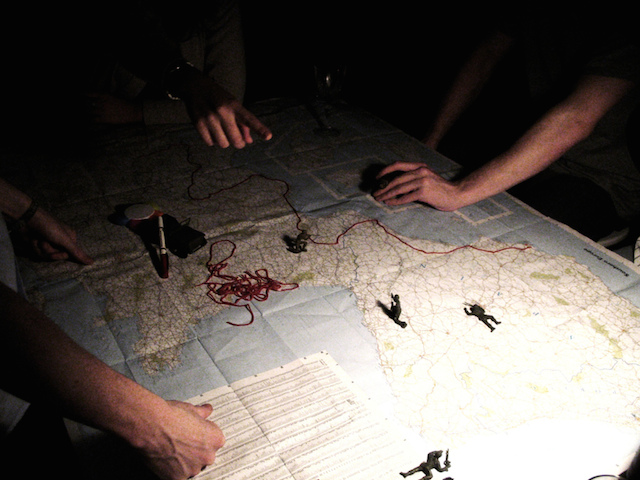
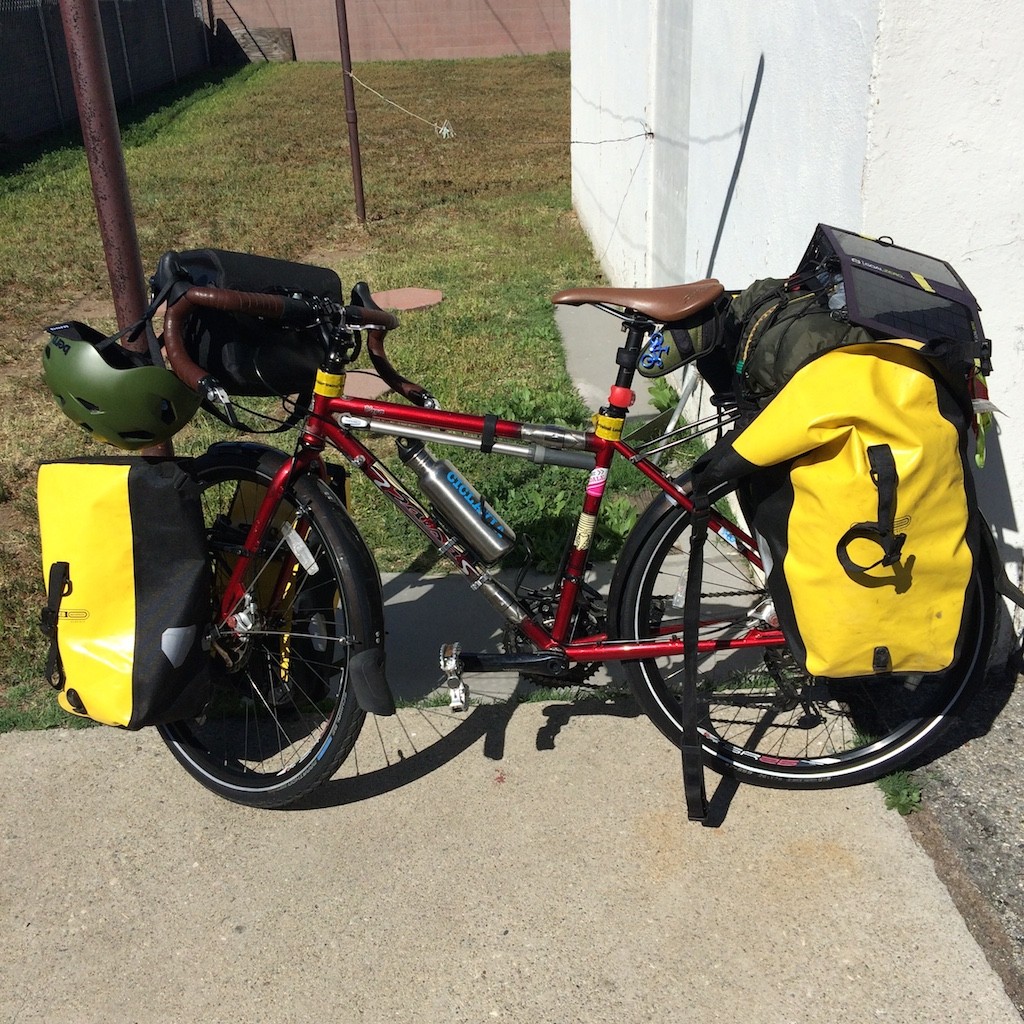

Sorry, the comment form is closed at this time.